13 garden diseases and disorders – and how to fight back
The deadly disease killing our garden birds
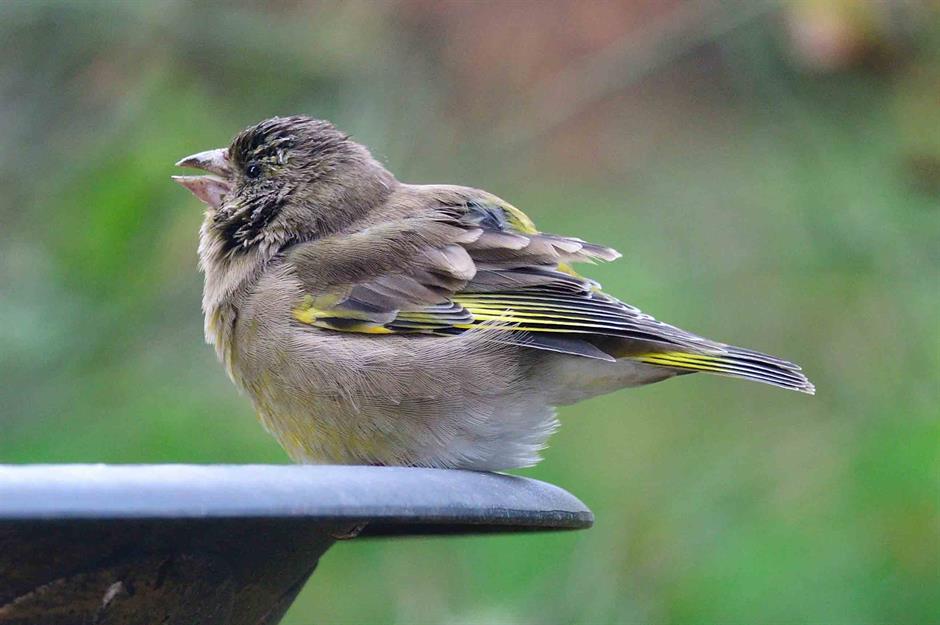
There are many diseases that can affect our garden birds, but there's one in particular currently devastating greenfinch and chaffinch numbers. Trichomonas is a parasitic disease that causes lesions in the throat, making it difficult for a bird to swallow food. If you notice a lethargic bird with fluffed-up feathers that regurgitates its food and seems to have difficulty breathing or swallowing, it may well be suffering from Trichomonas.
Trichomonas: causes
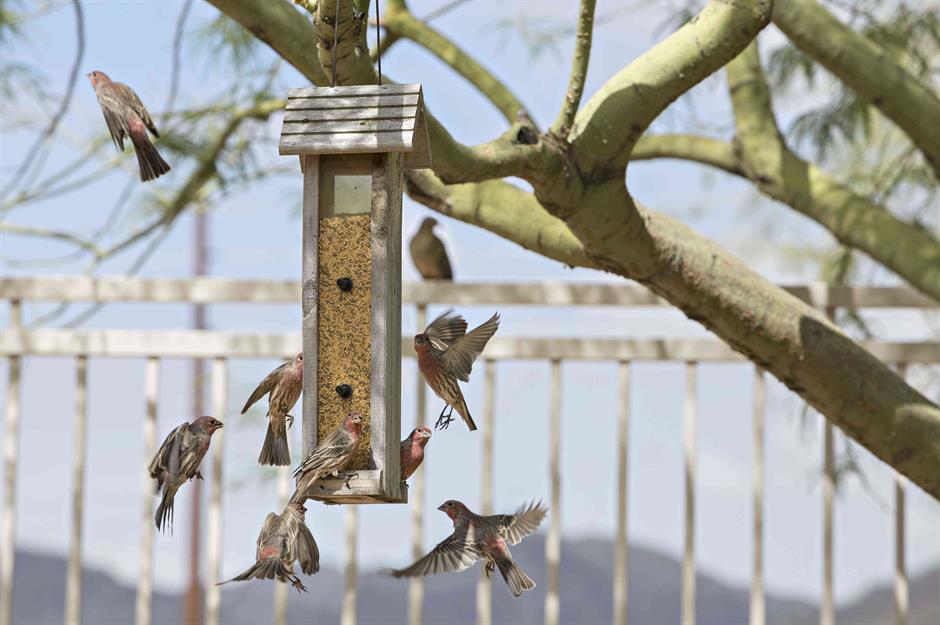
Trichomonas is known as 'fat finch disease' when it affects finches, canker in doves and pigeons and frounce in birds of prey. It's spread through saliva during breeding season when a bird feeds its chicks with regurgitated food and birds of prey can catch the illness if they eat an infected bird. However, it most commonly occurs through the sharing of contaminated food and water, so the more birds that congregate at your feeders, the more likely they are to pick up the deadly disease.
Trichomonas: prevention
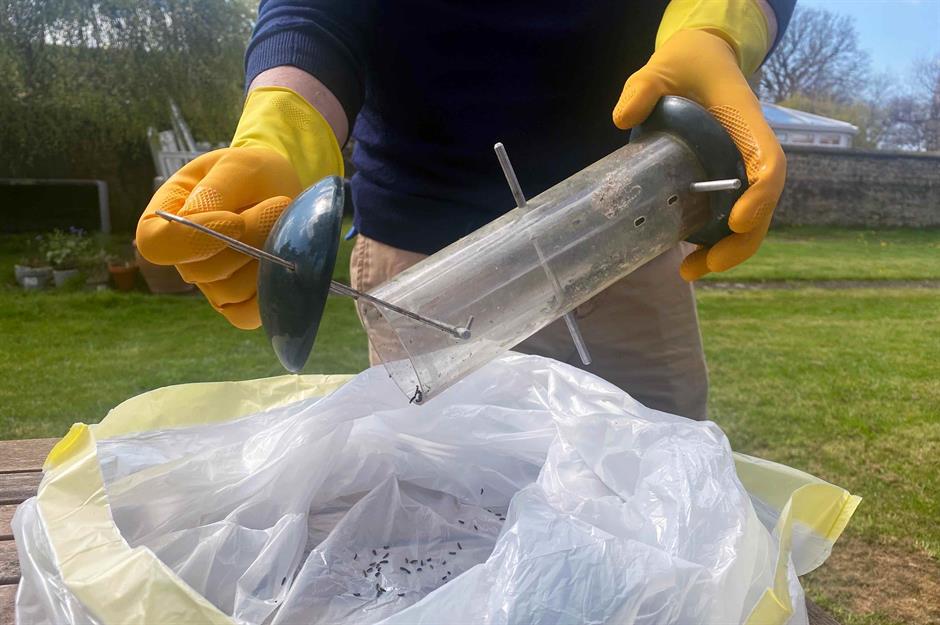
They say prevention is better than a cure and that's certainly the case with garden diseases. To keep your feathered friends healthy, only put out enough food for two days. This reduces the risk of food going mouldy. Once a week, empty feeders and bird baths, and every few days sweep up any discarded husks and seeds from the ground. It's also a good idea to reposition your feeders every now and then to prevent the area from becoming infected.
Garden hygine is vital
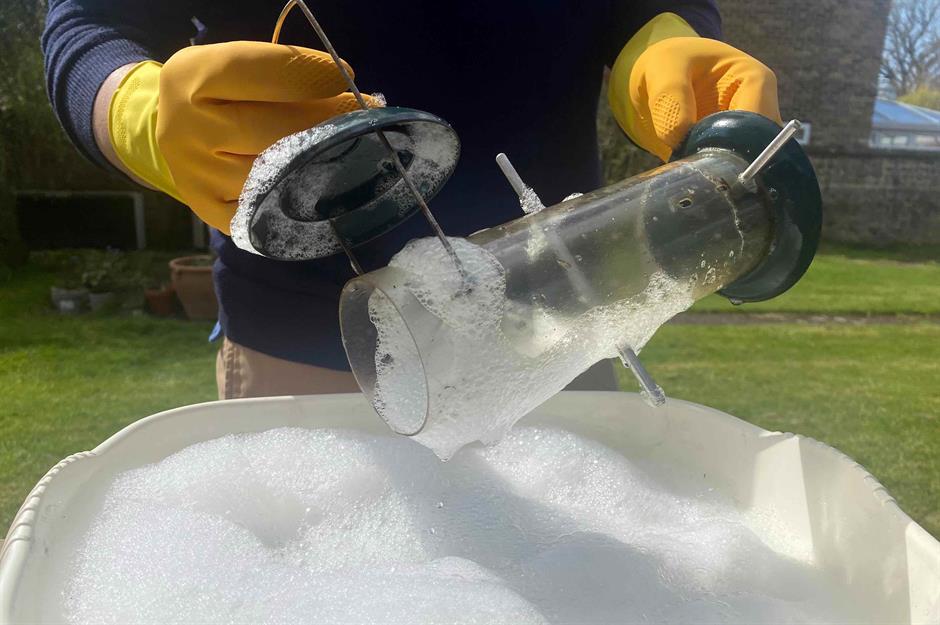
To thoroughly clean your feeders, pull on your rubber gloves and fill a bucket with hot water and a mild bleach solution or specialist disinfectant. Dismantle the feeder and use a bottle brush to clean the hard-to-reach areas. You can use the same method with bird tables, giving them a thorough scrub with a stiff brush. Rinse well and dry outside in the sun, only refilling when they're completely dry. Remember to wash your hands after handling bird accessories – trichomonas only affects birds, but other common diseases such as salmonella and E. coli can be passed on to humans.
Worrying statistics
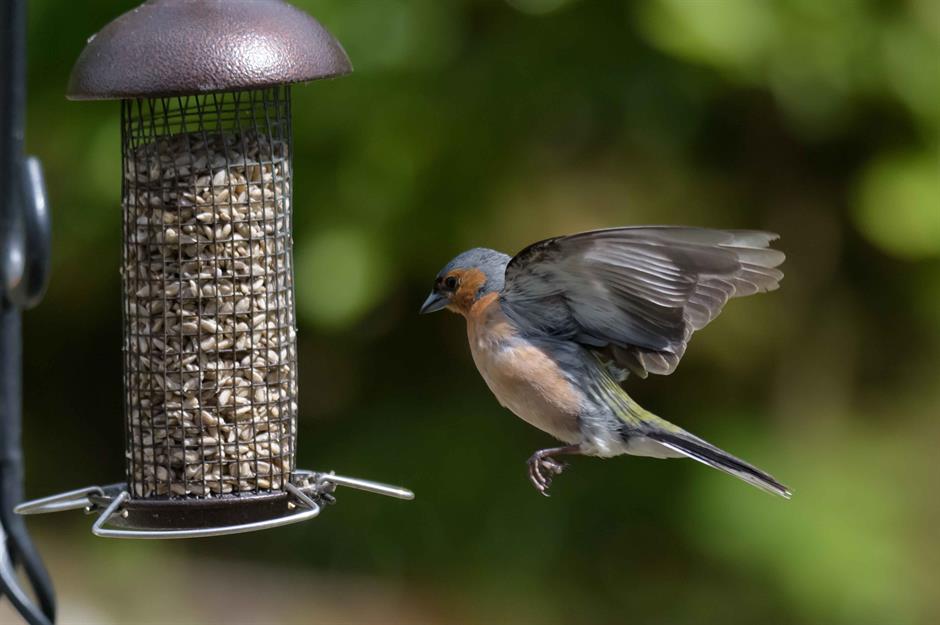
According to the RSPB's Big Garden Birdwatch, trichomonas has contributed to a shocking 65% decline in the UK greenfinch population over the past decade, while chaffinches have declined by over a third. So if you suspect a case of the fatal condition in your garden, it's best to remove all your bird baths and feeders for at least two weeks. This allows the birds to disperse to feed elsewhere, lowering the risk of them coming into contact with an infected bird, plus you'll be doing your bit for our avian friends.
READ MORE: Garden problems and how to tackle them
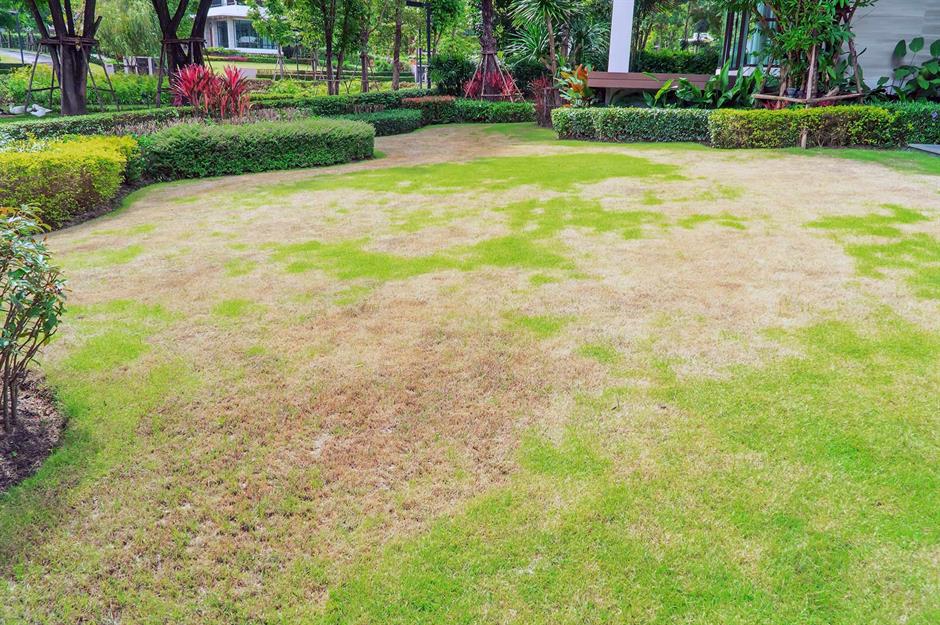
Rose black spot: symptoms
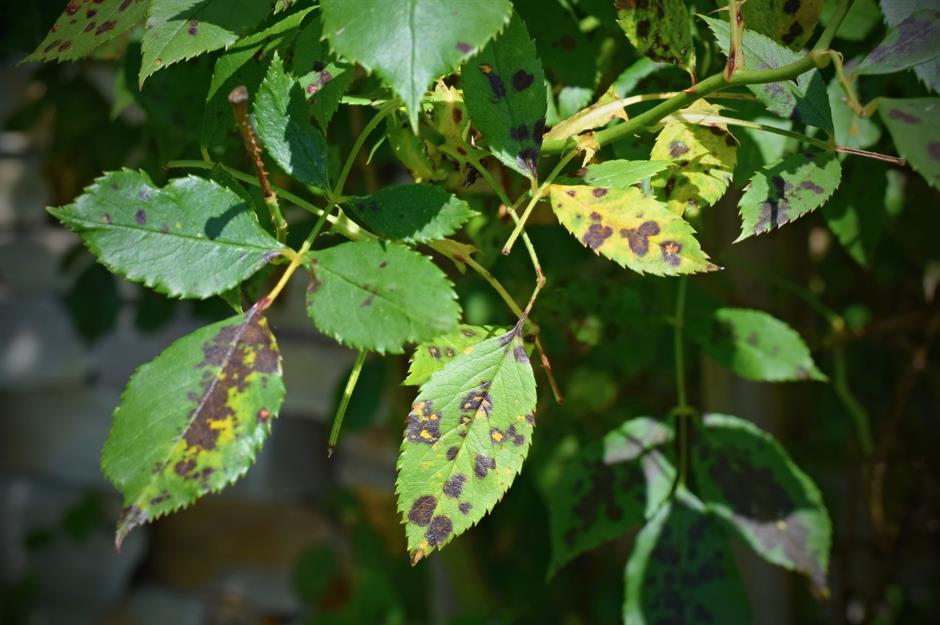
A disease is an infection by a micro-organism, either a fungus, a bacteria or a virus. Characterised by yellow discolouration with brown and purple spotting on leaves, which eventually causes them to drop. The disease spreads easily from infected areas, especially during wet weather and greatly reduces the plant's vigour. The fungus is carried on wind-blown rain so expect recurrences and be vigilant at the first signs of illness.
Rose black spot: treatment
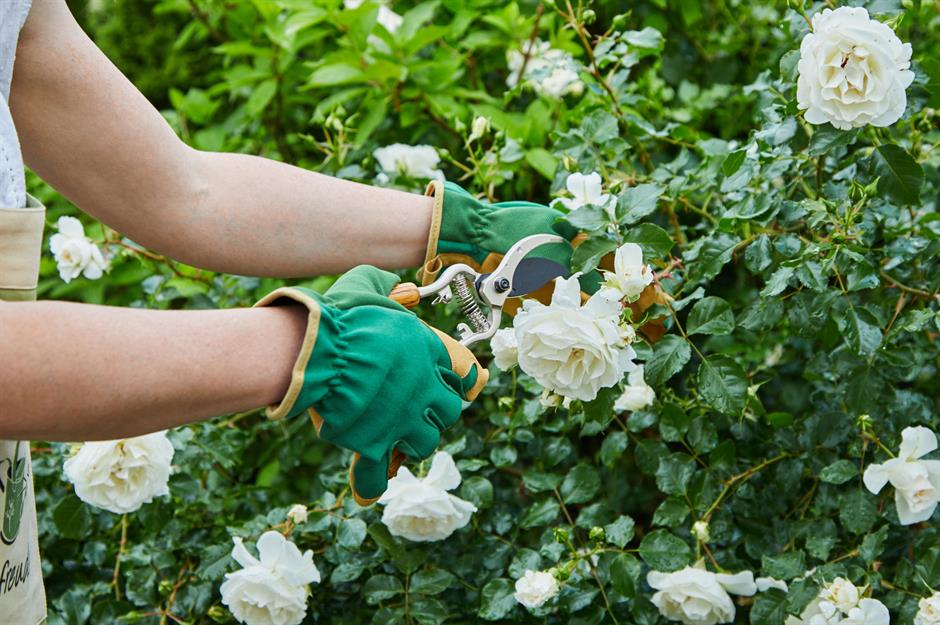
Hygiene is the order of the day. Cut off or pick up any infected leaves, remove any stems with lesions and dispose of them. Keep your tools clean to risk contamination. Fungicide sprays, both organic and chemical, are also available and you’ll need to follow the instructions carefully and repeat applications. Alternatively, a cheap home remedy such as baking soda in water can be used, which also works on powdery mildew, making it a great 2-in-1 solution.
Damping off: symptoms
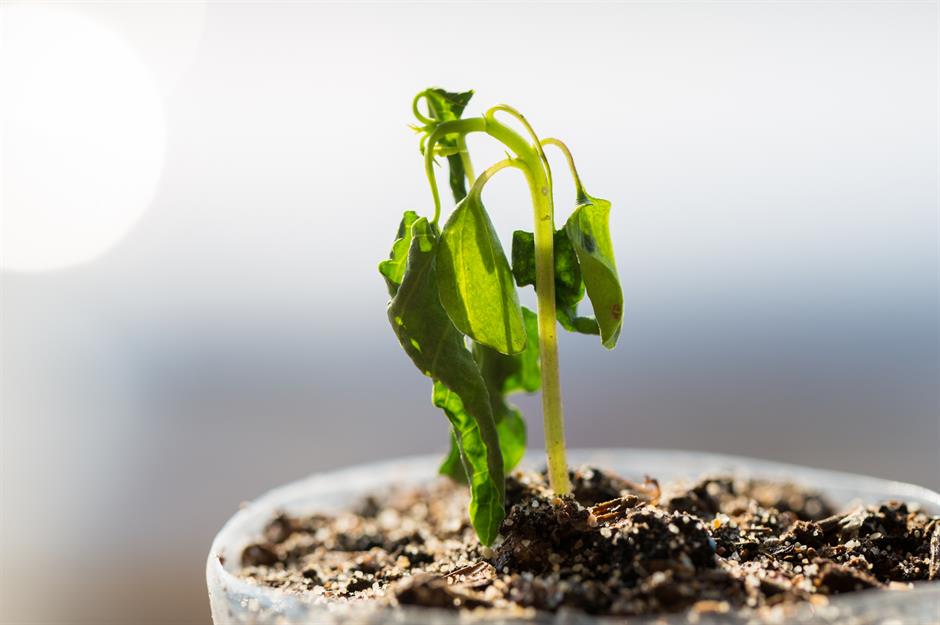
Maybe you're trying to plant up a new garden by growing from seed and you notice the new shoots are not doing so well. A fungal disease that attacks seedlings especially if over-crowded, over-watered and in a badly ventilated environment. It can destroy an entire newly-seeded plant rapidly and the young plants collapse at the base and die. Meanwhile, the fungal spores rest in the soil ready to strike again.
Damping off: treatment
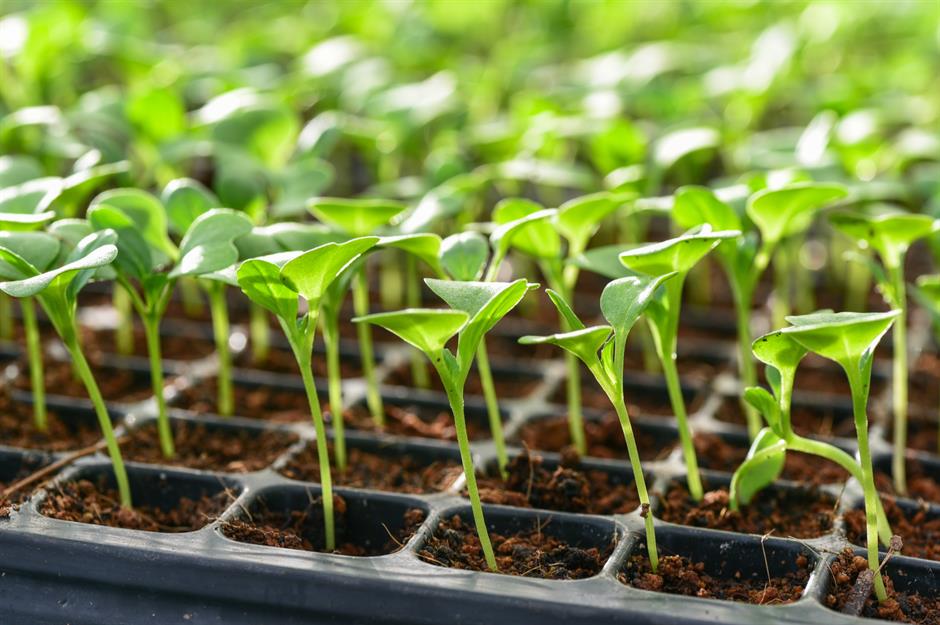
Ensure that all pots and tools are thoroughly cleaned so any resting spores are killed. Make sure to use fresh compost and sow seeds thinly. Lastly, place your pots or trays where there is good airflow and don’t over-water them.
Box blight: symptoms
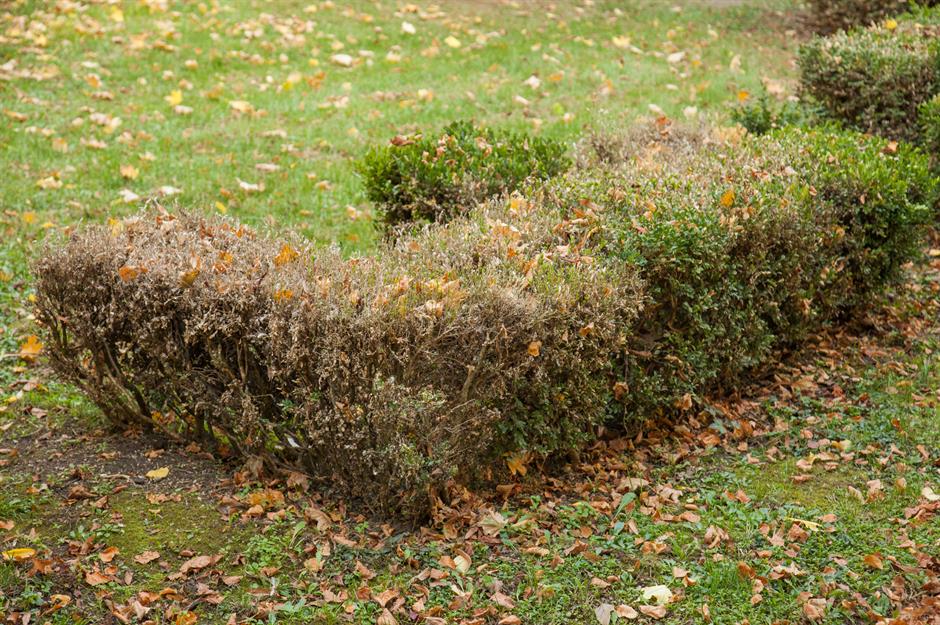
An epidemic that has seen gardeners shun the box hedge in favour of more robust alternatives. This disease can be identified by the yellow and brown discolouration of the evergreen leaves because parts of the plant die, revealing dead and bare stems. It spreads easily and although it doesn’t kill the roots, areas affected don’t tend to recover well.
Box blight: treatment

Cut out any dead or diseased areas, collect up the leaf litter and burn it all. Ensure any tools used are disinfected, including any footwear worn near infected plants. Fungicides are available with varying results. Never water from above but aim directly for the soil underneath the shrub as wet conditions increase the spread of the disease. As a preventative measure, think about quarantining new box plants before allowing them into your garden.
Honey fungus: symptoms
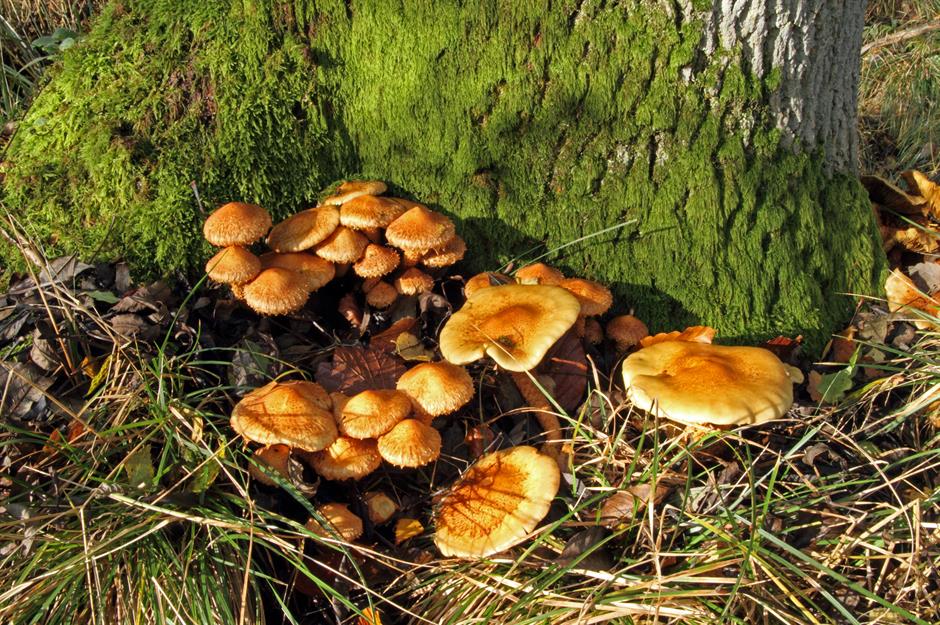
A titan of a disease, surviving in the soil for up to 30 years and insidiously spreading underground by a metre every 12 months to infect and kill the roots of trees and shrubs. Symptoms include a white fungus underneath the bark, which eventually turns to black ‘bootlaces’ and honey-coloured toadstools around the base of the trunk.
Honey fungus: treatment
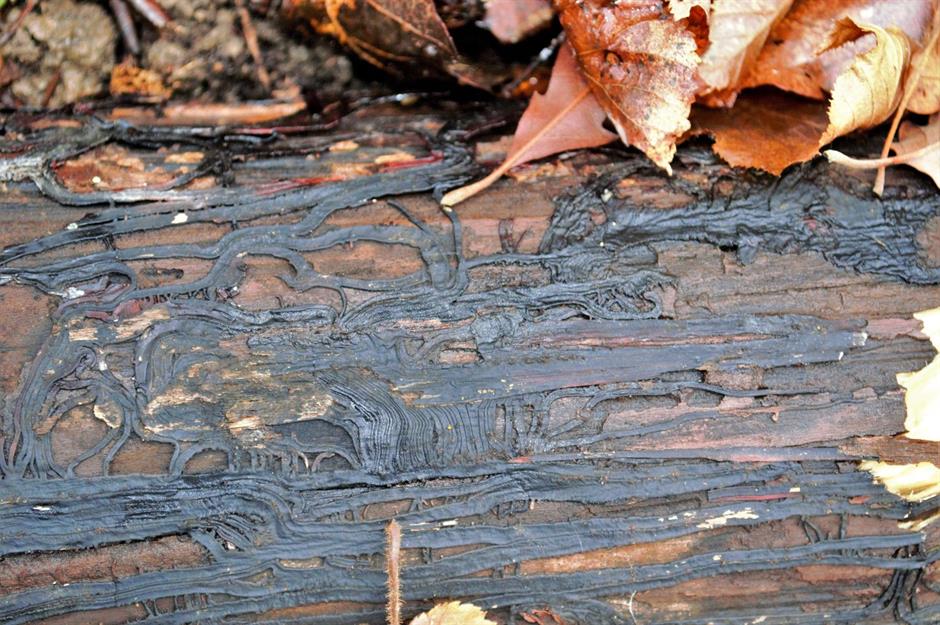
The only method of control is to remove and burn all infected material and regularly excavate the soil to limit the spread of the fungal disease. A vertical rubber barrier can be deeply buried into the soil to help prevent further spreading or to protect susceptible plants. In addition, look for plants that are listed as being less vulnerable to this enemy.
Powdery mildew: symptoms

A fungus that grows on leaves, stems or flowers and is clearly visible as a grey/white powder. It stunts growth and the spores spread to infect neighbouring plants. It can impact a wide range of plants and is prevalent from spring onwards.
Powdery mildew: treatment
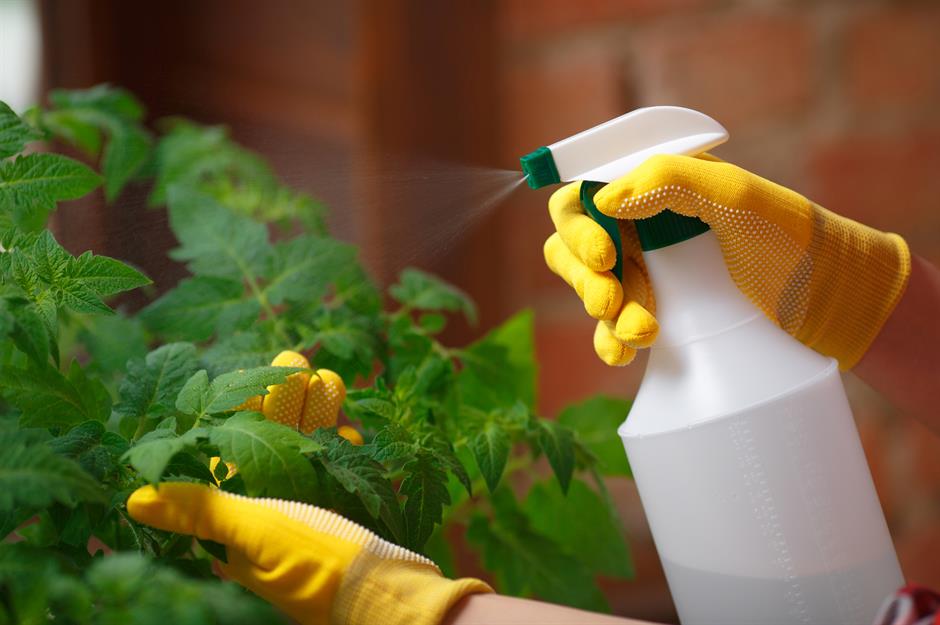
As it is a fungus that exists on the surface it can be treated. Prune out and clear away all of the infected plant. Mulching your plant – the process of covering the soil with organic material such as bark and watering it can provide conditions less desirable to the disease. Fungicide sprays are available and are very effective, just be sure to use a suitable product especially if the plant is being grown to be eaten.
Potato and tomato blight: symptoms
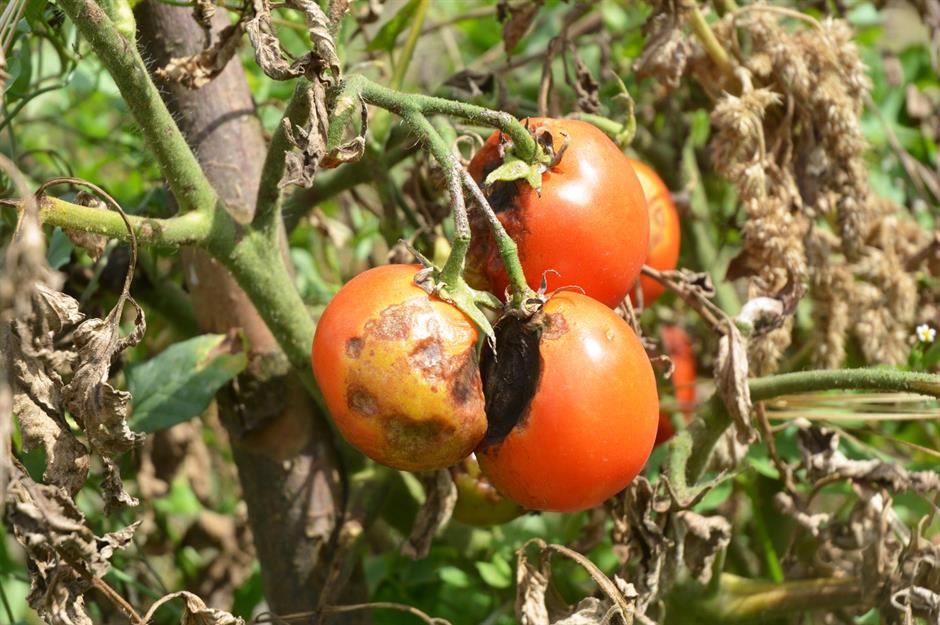
This disease strikes fear into the heart of anyone trying to grow their own veg. Affecting crops mostly in wet weather when spores can spread, it infects the foliage and causes fruit to rot. The leaves also wither and go brown. This can occur from early summer onwards and, unfortunately, once an infection takes hold there’s no turning back!
Potato and tomato blight: treatment
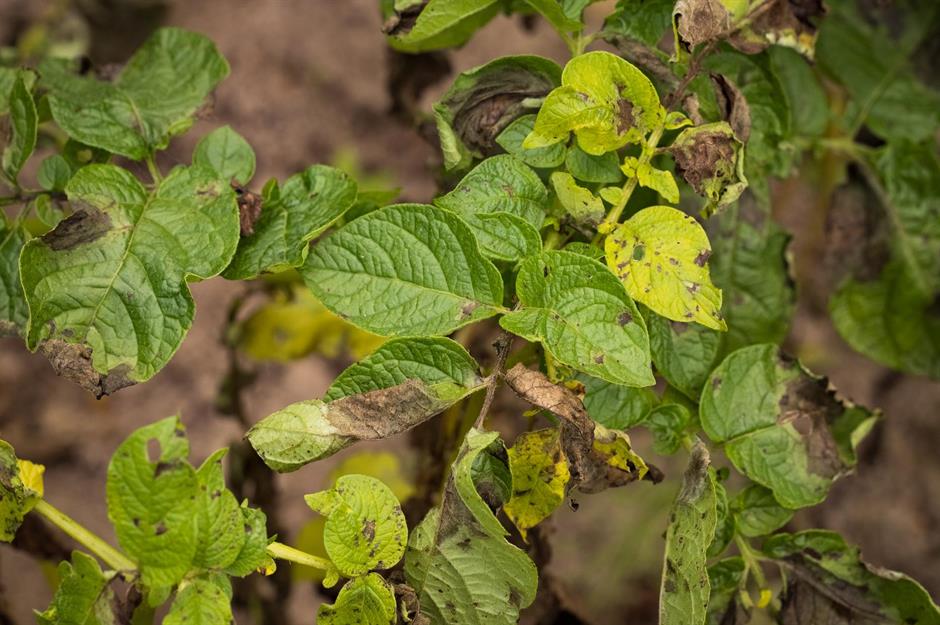
Once again hygiene is important, collect and dispose of all infected material. With potatoes, earthing up can provide some protection and early harvested varieties have more chance of escaping the disease. Tomatoes are at a lower risk if grown in a greenhouse. Practice crop rotation to minimise the risk of infection again next year – don’t give up, try again!
Drought: symptoms
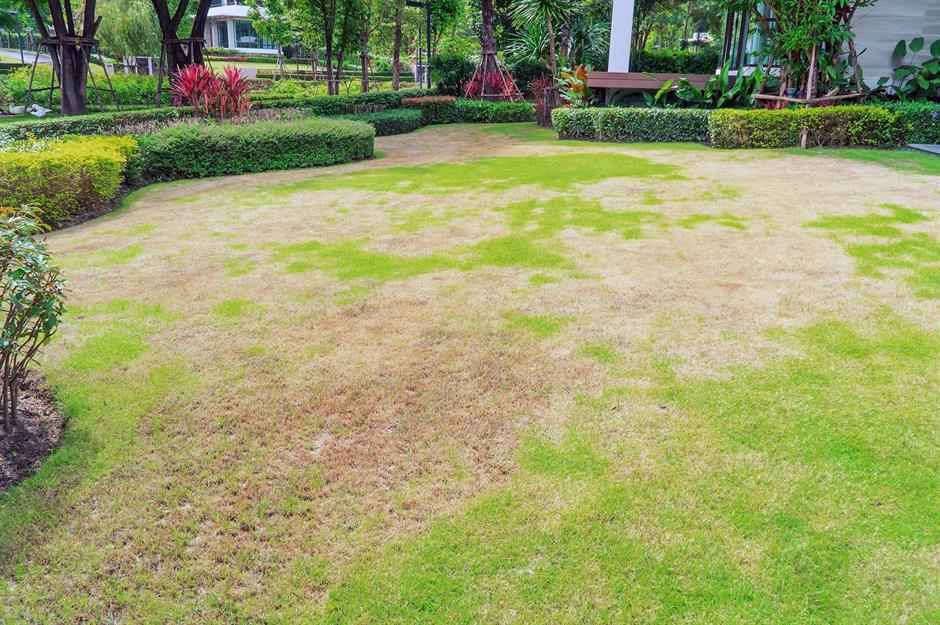
A disorder is when the plant is detrimentally affected by something that is not living. We have all experienced harsh drought conditions during previous summers; parched lawns, cracked earth, plants wilting and dying, crops failing and ponds drying up. Water is essential for our gardens and for healthy plant growth. It's a scary thought to think: what if this weather change is here to stay?
Drought: treatment
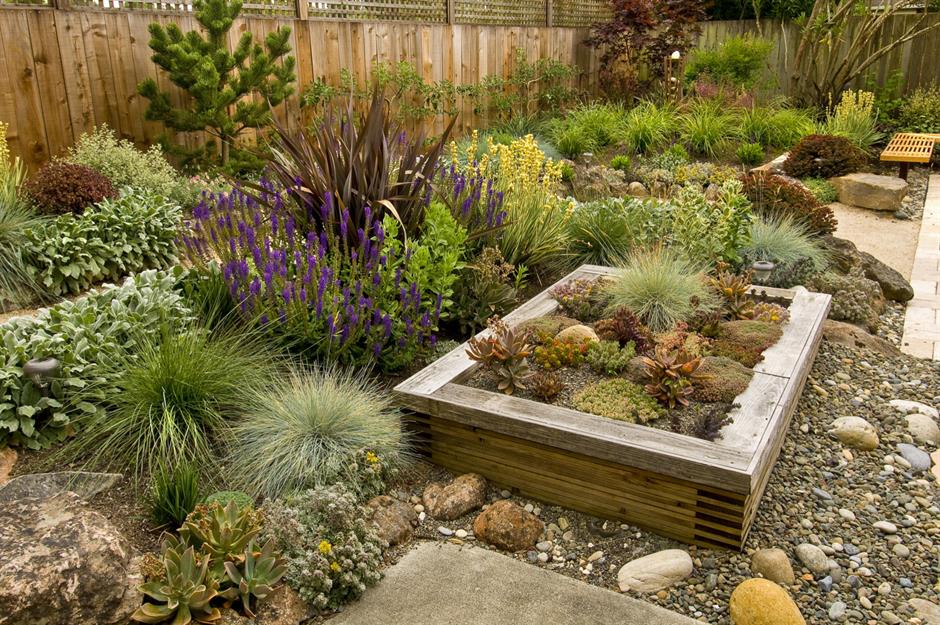
The simple solution to drought is watering! If a pot is particularly affected, sit it in a bucket of water to drench the soil. It is better to deeply water once a week than a little every day. Consider saving water by installing a water butt or trough. Recycle water from your house, often called grey water (i.e. used bath water) to use in the garden. Choose more drought resistant plants such as Lavender, Rosemary, Sedum, Geranium, Eryingium and Grasses, too.
Fasciation: symptoms
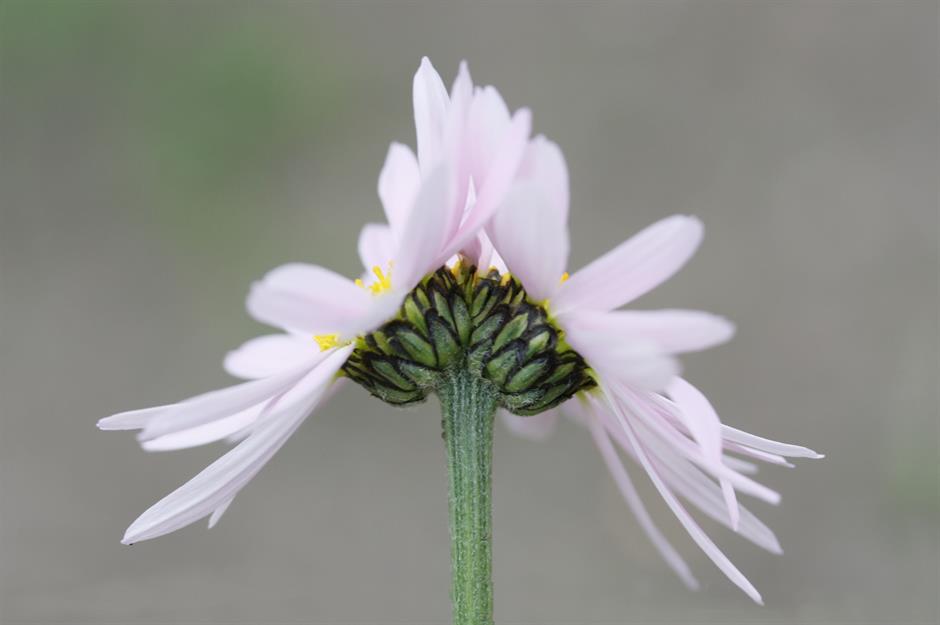
A rather wacky and harmless disorder that can create all sorts of freaks of nature. It is a disorder of the cells, which causes the shoots and flowers of the plant to become misshapen.
Fasciation: treatment
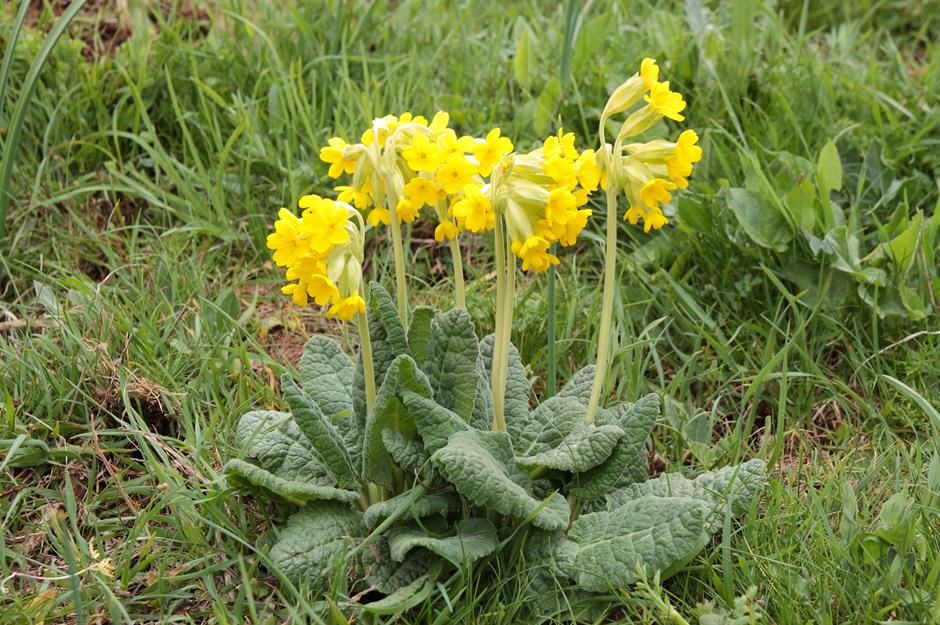
Fasciation doesn’t harm the plant and won’t necessarily reoccur. You can simply cut it out if it does not fit with your aesthetic or leave it in to enjoy the weird and wonderful world of nature.
Frost damage: symptoms
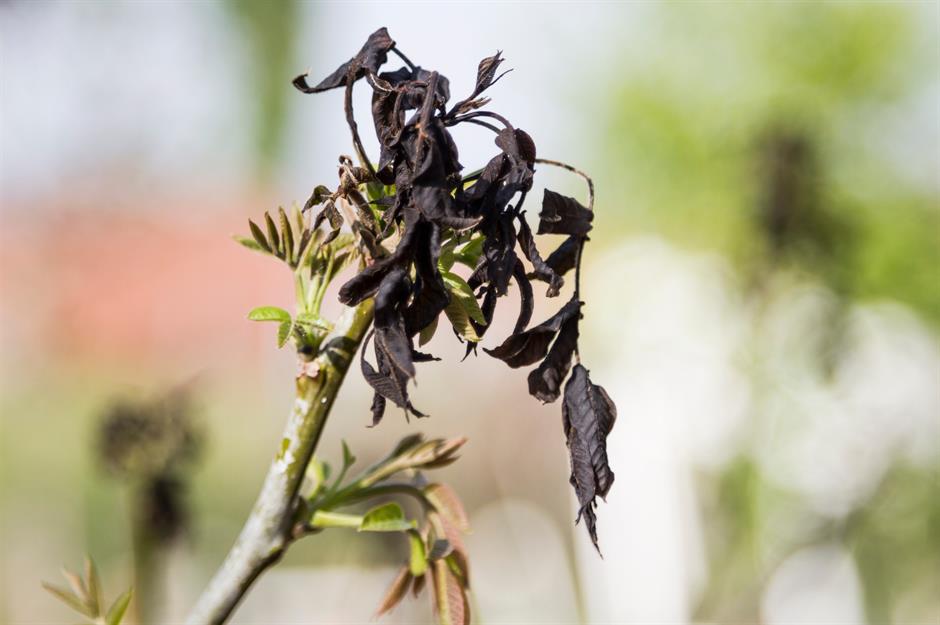
Look out for blackened leaves and stems which are withered or collapsed. Frost damage can severely harm a plant to the point of killing it. However, with some plants, it may just be the extremities that are affected, once the damage is removed and with an increase in temperature it may well recover. It all depends on the hardiness of the particular plant, the situation it is in and the weather conditions experienced.
Frost damage: treatment
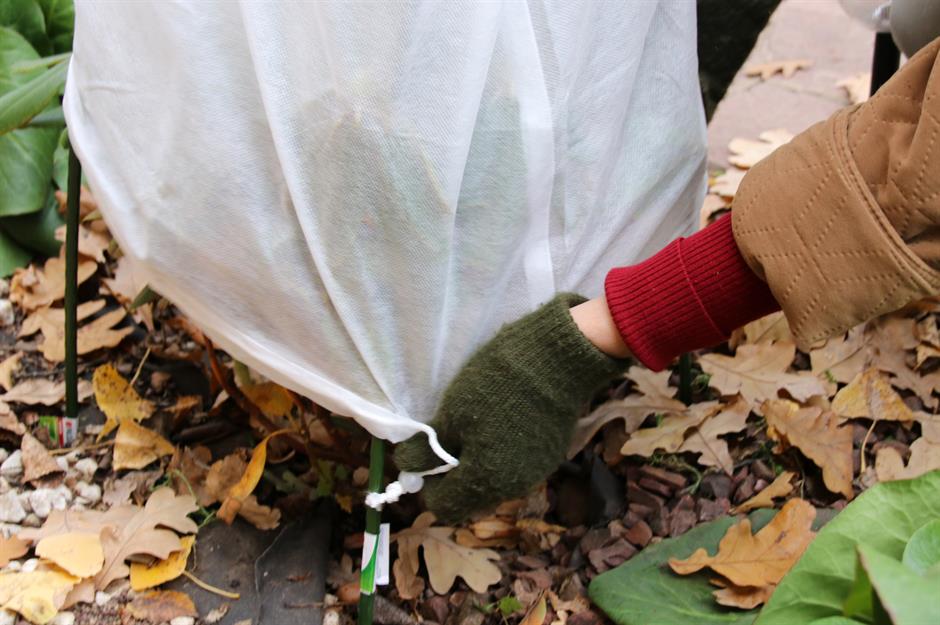
Tender plants should be given protection over winter. Either by placing them in a cold frame or greenhouse, porch or garage. With more hardy plants, which may still be susceptible, a horticultural fleece can be wrapped around them to provide protection. Mulches around the base of plants can also help. Keep an eye on the weather, especially during early spring, and if a particularly cold spell is due – rush out and cover them up!
Waterlogging: symptoms
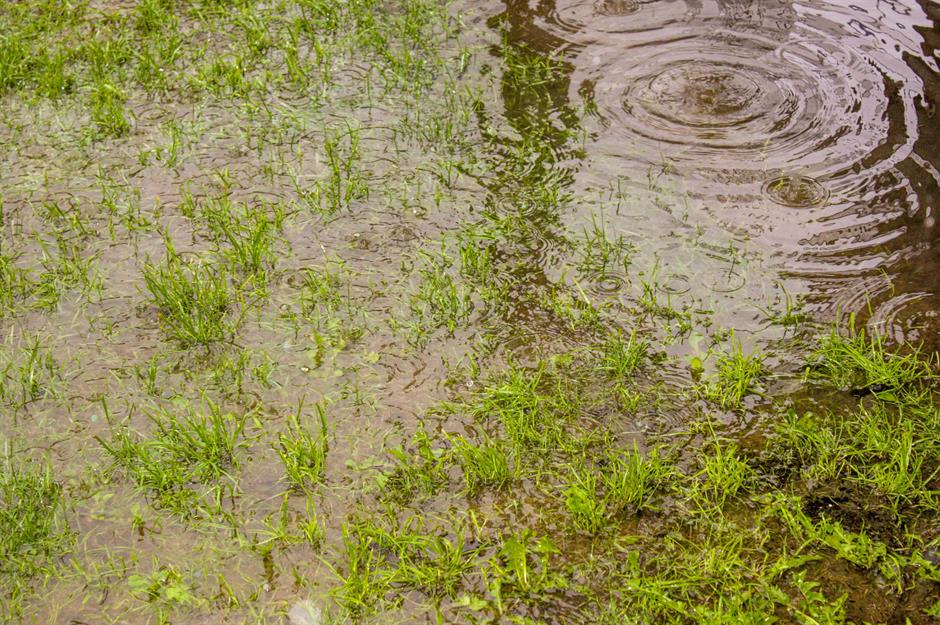
Plants need water to live, but too much and they can literally drown. A plant needs oxygen at its roots and when excess water prevents this the plant suffocates. Characterised by wilting, yellowing leaves, stunted growth and roots which turn black and smell rotten. It can be caused by weather, garden position, poorly draining soil or by overzealous watering habits.
Waterlogging: treatment
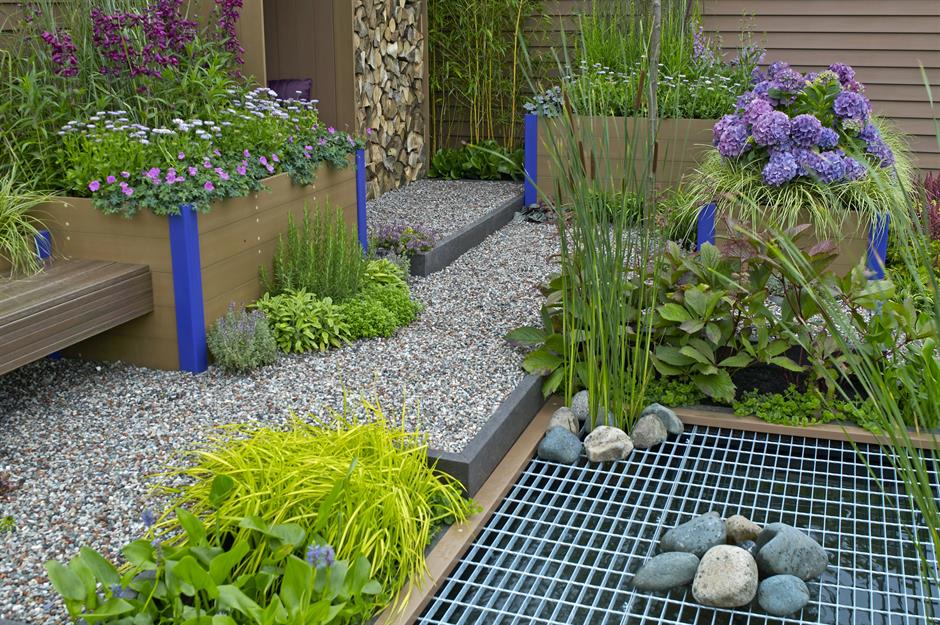
Make sure your soil has adequate drainage and consider adding grit, sand or perlite to improve aeration. With pots, add crocks or large stones to the bottom of the pot and use pot feet so the water can flow away. If your garden is prone to flooding, consider installing soakaway drains, altering the gradient of the plot or using raised beds. Certain plants love having wet feet, so do your research and find the water lovers.
Shade: symptoms
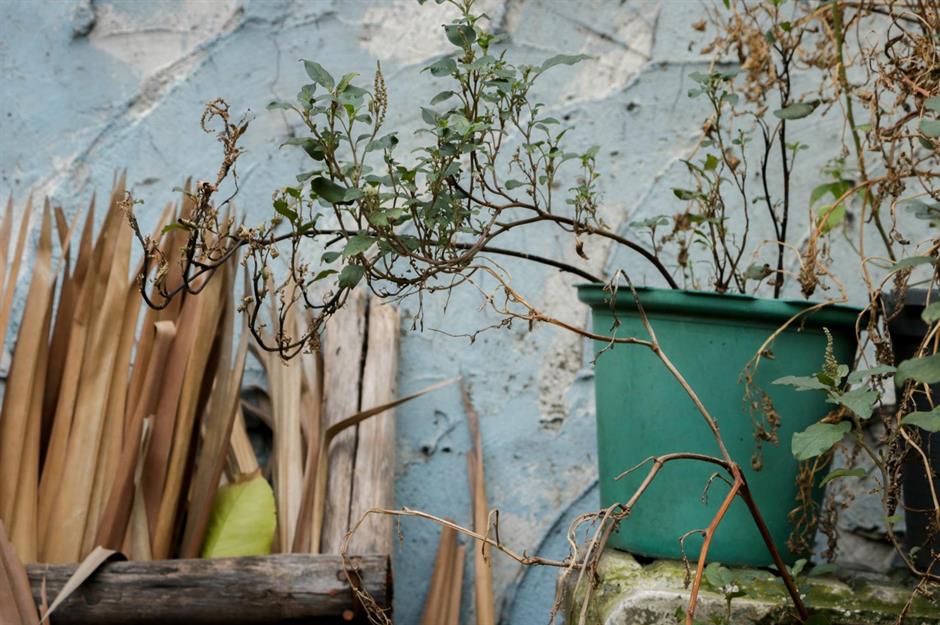
Whether you're putting your greenery in the wrong spot indoors or it's struggling in the garden, too much or too little light is never good. Plants that are struggling in the shade will exhibit either stunted growth or leggy growth towards the light, as well as failed or reduced flowering and a loss of foliage colour.
Shade: treatment
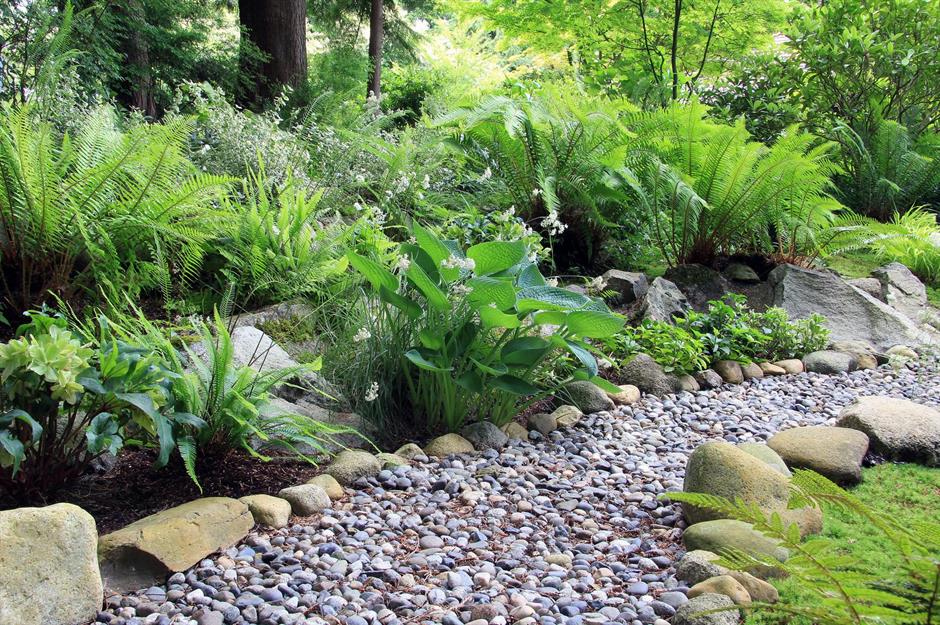
Consider the canopy above the area and the option to cut back surrounding trees or shrubs which are creating the shade. This really is a case of using the right plant for the right place. Many plants thrive in shade, from Ferns to Hostas, Astilbes to Foxgloves, there’s a myriad of plants to choose from. Embrace your dark side!
Rose balling: symptoms
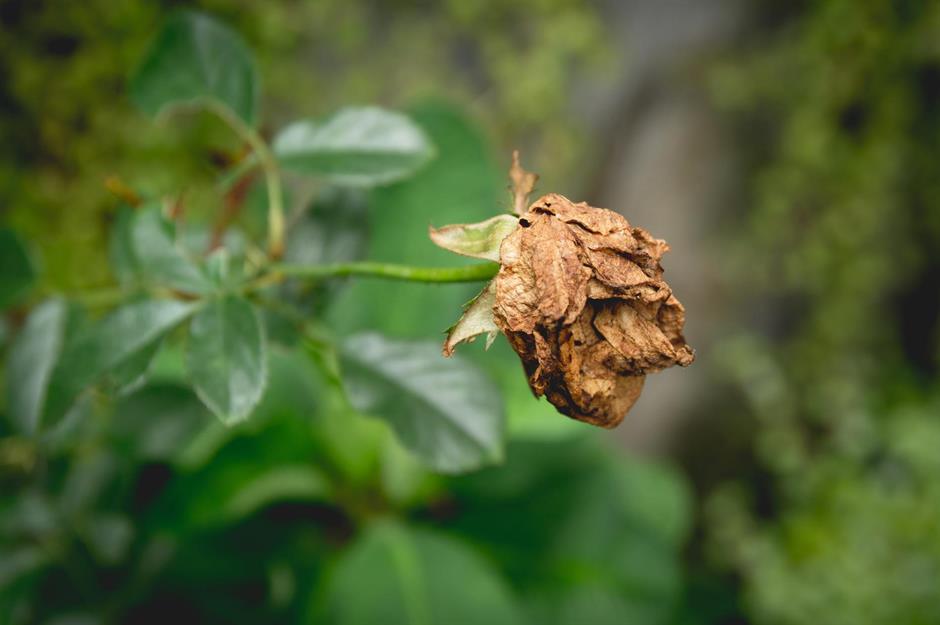
The buds don’t open but are fused together into a papery ball, which turns brown and then slimy. In some cases, this can then be attacked by mould. It is caused by wet conditions where the flower fails to dry enough to open and the outer petals form a tight case from which it can’t break through.
Rose balling: treatment
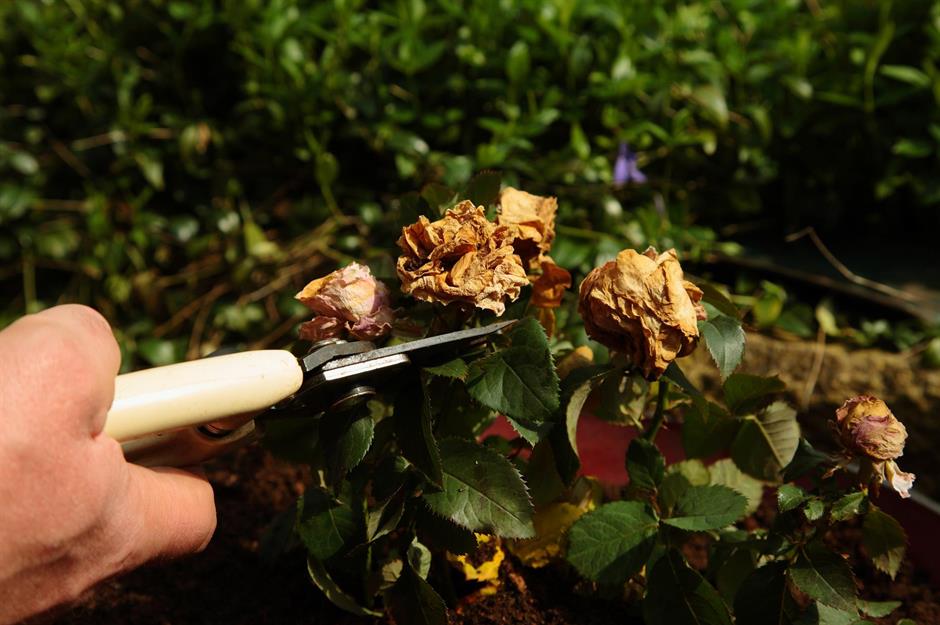
This disorder isn’t severe and can be easily remedied by taking action. Cut off all the damaged buds until all that is left is a healthy shoot. This prevents mould from taking hold and causing further problems for the rose.
Loved this? Follow us on Facebook for more great garden advice
Comments
Be the first to comment
Do you want to comment on this article? You need to be signed in for this feature